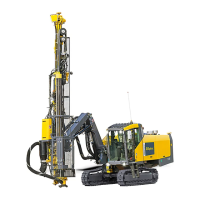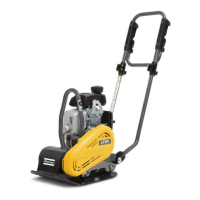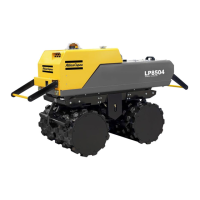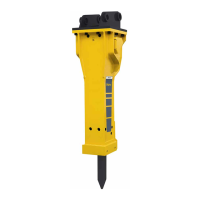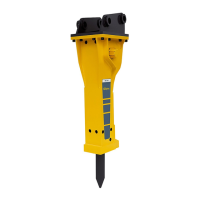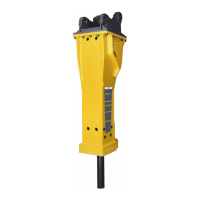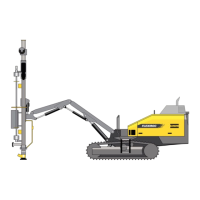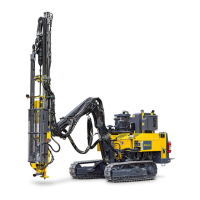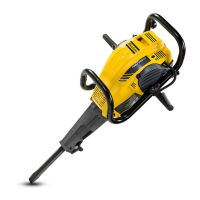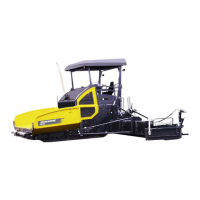SmartROC D65 T4F 10 Options
188 No: 713944459.6 en
Rotation unit
The rotation unit is similar to normal rotation units but has a hollow shaft which in turn has
a hardened inner tube for transporting air and cuttings.
Outlet swivel
The shaft that is routed through the rotation unit is the last rotating component. It has its
upper end in the outlet swivel.
Blowdown (option)
The blowdown valve directs the compressed air down through the inner tube and so clears
away any blockages and forces return air to the outside of the drill pipe.
Deflectors
The cuttings exit from the inner tube at high velocity. Before they can be routed further in a
hose, they must be slowed down, which is done by two deflectors in the outlet section.
Both deflectors turn the cuttings/airflow 90 degrees. The first deflector is coated with a re-
placeable ceramic plate in order to withstand the wear caused by the cuttings. The second
deflector comprises a cast section at an angle of 90 degrees. When this is worn, the whole
section should be replaced with a new one.
Sample hoses
The sample hoses are made of 3" ID material handling hose, which is specially designed
for this type of work. There are two hoses, the upper removable hose from the second de-
flector to a holder on the rear of the feed beam, and the lower stationary hose from the
holder to the cyclone.
Sample preparation components
The sampling components consist of a cyclone and a sample splitter. The cyclone and the
splitter must always be vertical when they are used, otherwise there may be uneven load-
ing in the division and samples, which is not completely accurate.
There are two types of splitter, the cone splitter with intermediate chamber and the "Jones
riffle splitter".
Cyclone
The cyclone is designed to separate cuttings and air, so that the cuttings sample can be
collected. A good cyclone normally collects more than 99% of the cuttings sample - the re-
mainder of the mixture of air and dust flows to a dust collector or to the atmosphere.
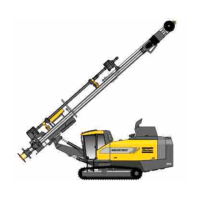
